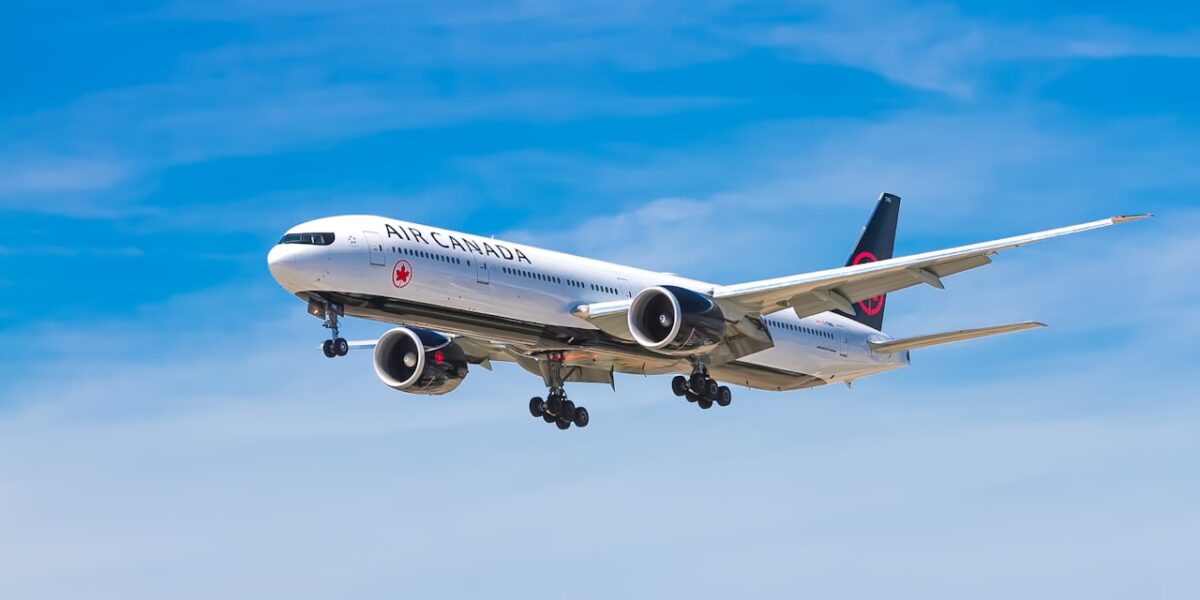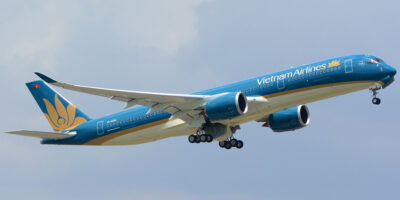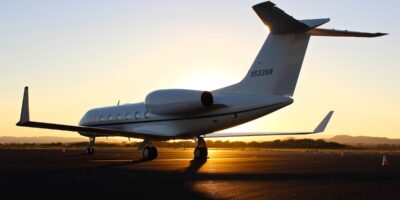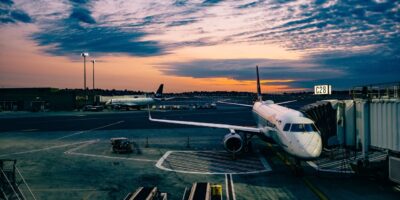What Mountain Can You See from Seattle Airport
What Mountain Can You See from Seattle Airport
Travelers flying into Seattle-Tacoma International Airport (SEA), often known as Sea-Tac, will quickly notice the stunning natural landscape that surrounds the area. Among the prominent features in the skyline is a massive, snowy peak that captures the attention of many. This iconic mountain is Mount Rainier, the highest mountain in the state of Washington and the Cascade Range.

Mount Rainier’s Impressive Presence
Mount Rainier stands at 14,411 feet (4,392 meters) above sea level. On clear days, it dominates the horizon, making it a landmark visible from various points across Seattle and its surrounding areas, including Sea-Tac Airport. Its sheer size and presence make it a notable feature that often sparks curiosity among visitors.
This stratovolcano is part of the Cascade Volcanic Arc, which includes other well-known mountains like Mount St. Helens and Mount Adams. However, none is as visually commanding over the Seattle area as Mount Rainier.
Geological Significance
Mount Rainier is an active volcano with its last recorded eruption occurring over a century ago, in 1894. It is considered one of the most dangerous volcanoes in the world due to its large amount of glacial ice. Potential volcanic activity could cause significant lahars, or volcanic mudflows, that might affect the surrounding areas.
Recreational Opportunities
Mount Rainier National Park, established in 1899, offers numerous recreational opportunities. Visitors can enjoy a variety of activities, including:
- Hiking: With over 260 miles of maintained trails, hikers can explore diverse terrains.
- Camping: Several campgrounds provide different levels of amenities for an immersive nature experience.
- Climbing: For those with mountaineering expertise, summiting Mount Rainier is a popular, though challenging, goal.
- Wildlife Viewing: The park hosts a variety of wildlife, such as black bears, mountain goats, and marmots.
Visiting Mount Rainier offers an array of experiences throughout the year. Summer is ideal for hiking and wildflower viewing, while winter transforms the landscape into a haven for snowshoeing and skiing.
Cultural and Historical Context
Mount Rainier holds significant cultural and historical value to Native American tribes in the region. Known as Tahoma or Tacoma to Indigenous peoples, the mountain is considered sacred and deserving of deep respect.
The area’s rich history also includes the development of mountaineering routes and recreational facilities, reflecting the mountain’s continued importance to diverse communities over time.
Travel and Sightseeing Tips
Sightseeing opportunities begin right from the Sea-Tac Airport. If you’re landing or taking off on a clear day, be sure to get a window seat for a chance to view the mountain from above. Once on the ground, a car trip to Mount Rainier National Park is accessible and makes for a worthwhile excursion.
Several vantage points in and around Seattle provide picturesque views of Mount Rainier, including Kerry Park, Alki Beach, and the Space Needle. During the summer, sunset and sunrise can offer particularly stunning views as the light changes the mountain’s appearance.
Regardless of the season, clarity can vary. The Pacific Northwest is known for its fog and clouds, which may obscure the mountain on overcast days. Checking local weather forecasts can help plan the best day for sightseeing.
Educational Insights
Mount Rainier also serves as a subject of scientific study. Researchers monitor the volcano’s seismic activity and geological conditions. The natural laboratories offered by its diverse ecosystems are valuable for studies in ecology, glaciology, and environmental science.
The Park’s Visitor Centers provide educational exhibits, guided programs, and resources for those interested in learning more about the mountain’s geology, ecology, and history.
Related Articles
Continue exploring:



